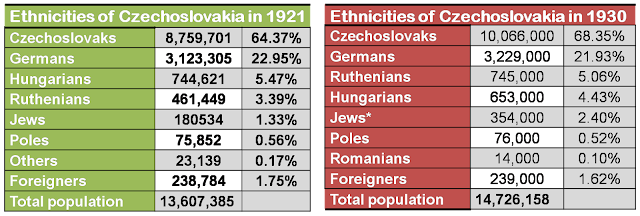During World War-I, 1, 40,000 Indian Army troops were deployed on various fronts oversees. Trench warfare was entirely new to the Indian soldier. These trenches were continuous deep ditches, damp and muddy and prone to collapse under heavy bombardment, a complete contrast to the dry hills and scrub of the North-West Frontier. Though initially they moved into the theatres of war ill trained and ill-equipped, they rose to various challenges with dexterity and fervour, to be fully equipped and trained in due course.
While the newly raised I Indian Corps comprising two Infantry Divisions, that is 3 (Lahore) and 7 (Meerut) along with the 4 (Secundrabad) Cavalry Brigade was deployed in France, operations in Mesopotamia and German East Africa were, in the beginning, entrusted to Indian Army aided by troops of Princely States.
The first major battle in which Indian troops took part was the First Battle of Ypres, a small market town in Flanders bordering present day Belgium. Troops of the Indian Corps were fully committed there and suffered heavy causalities, as in the case of Festubert in December 1914 and at Loos in September 1915.
In this theatre, apart from Ypres, Festubert and Loos, many Indian units also earned laurels at La Basse, Givenchy, Aubers, Armenties, Neuve Chapelle and Somme. It was in these battles that two Indian soldiers-Khudadad Khan and GS Negi earned the coveted Victoria Cross for their valour. In November 1915 the Indian Corps was withdrawn from France and sent to Egypt. The cavalry brigade, however, remained on the western front and took part in the battles of Somme in 1916 and Cambrai in 1917.



